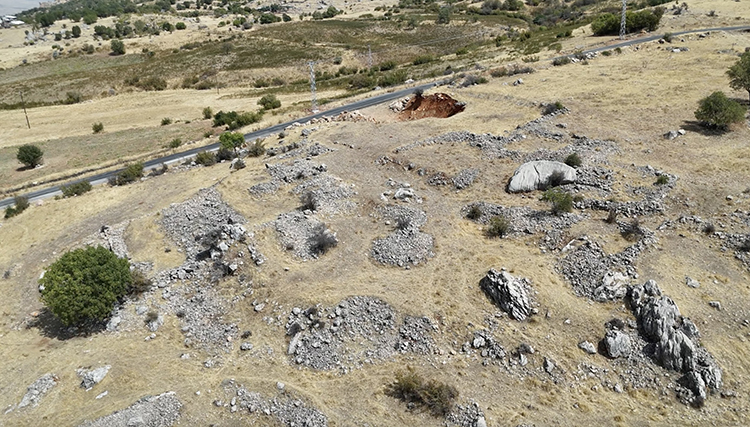
Roman-Era Settlement Unearthed in Adıyaman’s Mountains May Have Been a Large-Scale Wine Production Center
Archaeologists in southeastern Türkiye have identified a vast 4th-century Roman settlement in the mountains of Adıyaman’s Gerger district, revealing evidence of industrial-scale wine production and rural life on the empire’s eastern frontier.
The discovery, made by the Adıyaman Museum Directorate near Oymaklı village, spans roughly 150 dönüms (15 hectares) of rugged terrain overlooking the Kahta Valley — an area once strategically linked to the ancient stronghold of Kahta Castle.
Traces of Wine, Stone, and Water
During surveys prompted by the discovery of scattered artifacts on the surface, researchers documented numerous grape presses, cisterns, millstones, and building foundations dating to the 4th century CE.
The team believes these structures belonged to a self-sufficient rural community that thrived during the late Roman period, when viticulture and olive oil production flourished across the province of Commagene.
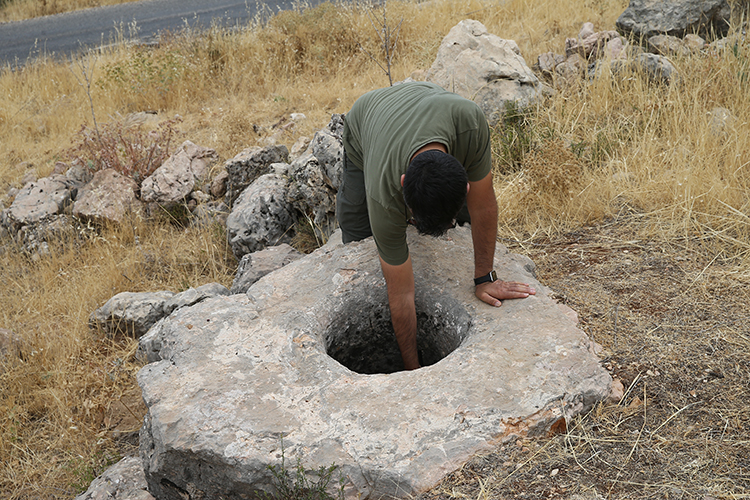
“The number of grape workshops indicates that this was not a small farmstead but a site of large-scale production,” said Mehmet Alkan, Director of the Adıyaman Museum. “The architecture, though made of roughly cut stones, clearly reflects Roman construction techniques.”
A Rural Outpost of the Roman East
The settlement’s proximity to Kahta Castle, a key defensive and administrative hub of the region, suggests that it may have served as an agricultural estate supplying nearby military or civilian centers.
Archaeologists describe the site as a “rural industrial zone,” where grape juice was pressed, stored in stone-built cisterns, and likely fermented into wine for regional trade.
📣 Our WhatsApp channel is now LIVE! Stay up-to-date with the latest news and updates, just click here to follow us on WhatsApp and never miss a thing!!
The remains also include grinding stones and domestic foundations, revealing a community that combined daily life with agricultural production — a hallmark of late imperial rural settlements across Anatolia.
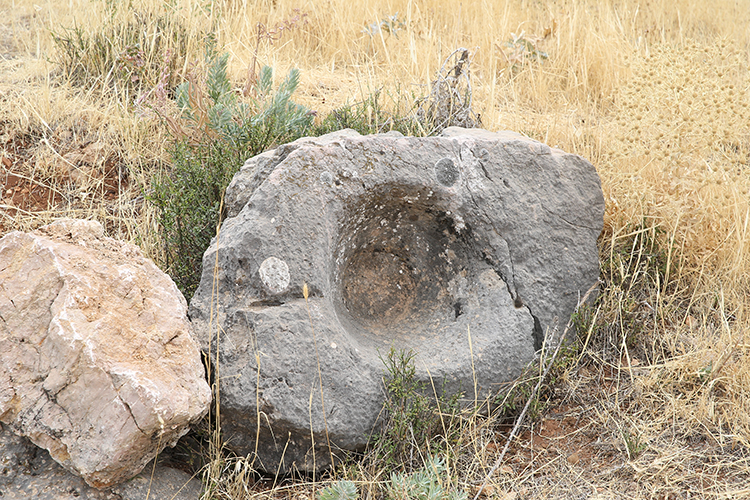
Next Steps and Preservation
The area will be formally registered as a protected archaeological zone following a submission to the Şanlıurfa Regional Council for Cultural Heritage Preservation.
Detailed excavations are expected to uncover additional features beneath the soil, possibly including storage rooms, burial sites, or road traces connecting the site to the wider Roman infrastructure of Commagene.
“We believe further investigation will reveal more surprises,” Alkan added. “Every new find helps us understand how deeply the Roman presence extended into this mountainous landscape.”
Cover Image: Stone-built grape press and cistern structures discovered in the 4th-century Roman settlement near Oymaklı village, Adıyaman. Archaeologists believe the site was used for large-scale wine production. Credit: Orhan Pehlül/AA
You may also like
- A 1700-year-old statue of Pan unearthed during the excavations at Polyeuktos in İstanbul
- The granary was found in the ancient city of Sebaste, founded by the first Roman emperor Augustus
- Donalar Kale Kapı Rock Tomb or Donalar Rock Tomb
- Theater emerges as works continue in ancient city of Perinthos
- Urartian King Argishti’s bronze shield revealed the name of an unknown country
- The religious center of Lycia, the ancient city of Letoon
- Who were the Luwians?
- A new study brings a fresh perspective on the Anatolian origin of the Indo-European languages
- Perhaps the oldest thermal treatment center in the world, which has been in continuous use for 2000 years -Basilica Therma Roman Bath or King’s Daughter-
- The largest synagogue of the ancient world, located in the ancient city of Sardis, is being restored

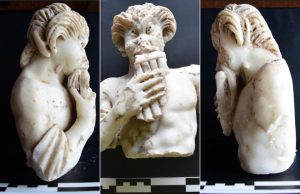
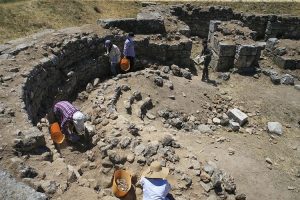
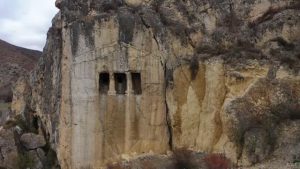
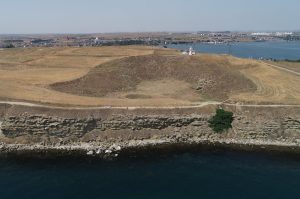
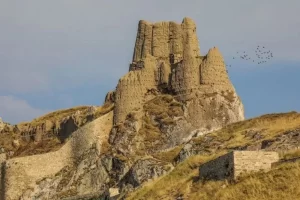
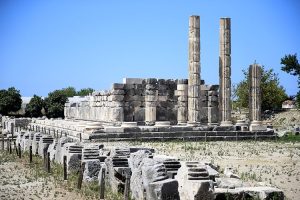
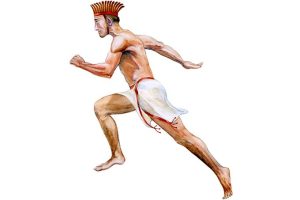

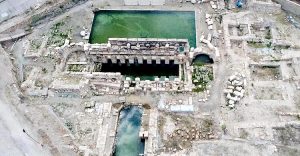
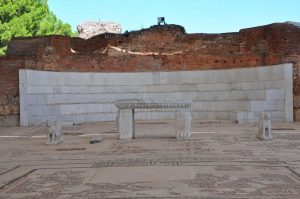
Leave a Reply